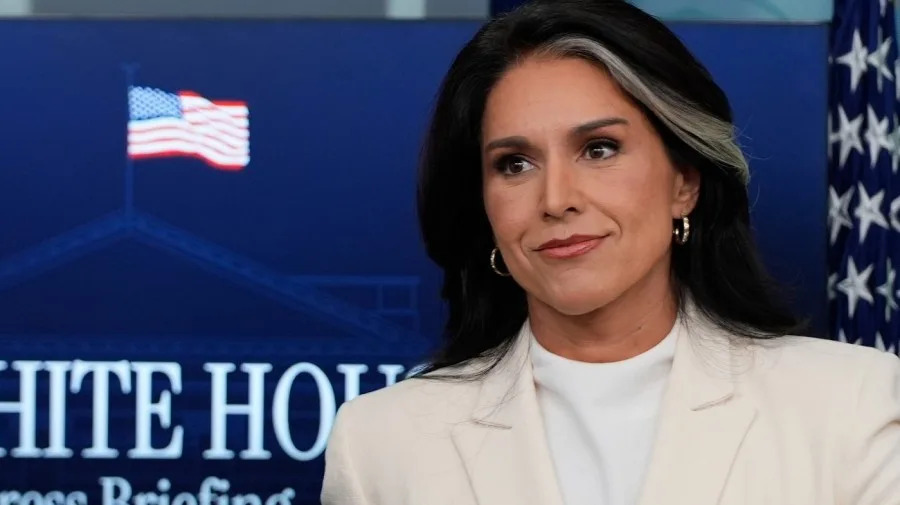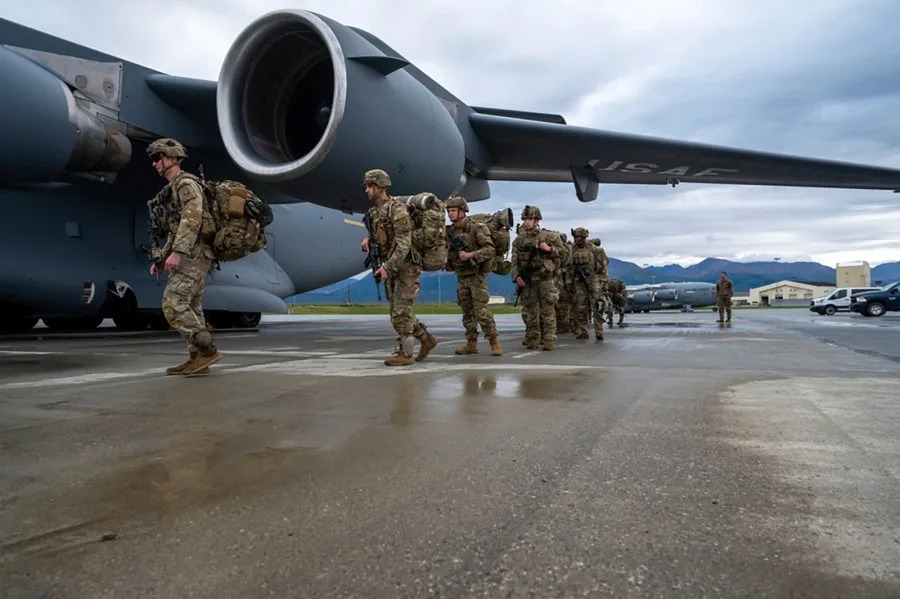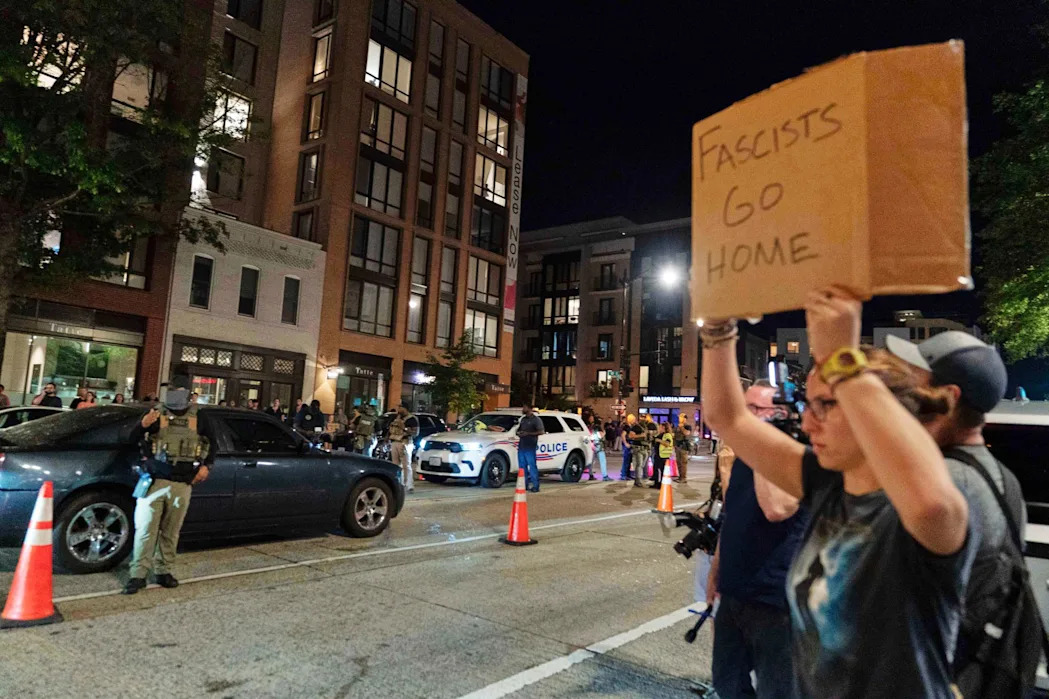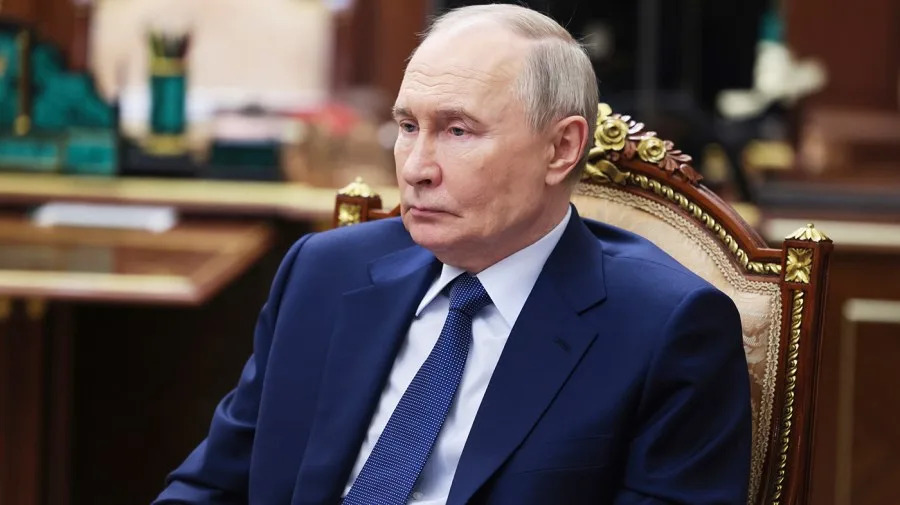
Presidents Donald Trump and Vladimir Putin meet on Friday to discuss how to achieve peace in Ukraine, a goal that most analysts believe is currently out of reach. But there’s another area where the two leaders could reach a ground-breaking agreement that would actually be in both countries’ interests and give both leaders bragging rights for tackling a global threat: nuclear arms control.
The threat of a new nuclear arms race has been growing. The last remaining agreement limiting the world’s two largest nuclear arsenals — the New START Treaty — is set to expire next February. When that happens, for the first time in over half a century, U.S. and Russian strategic weapons could be entirely unconstrained, and both countries’ militaries will plan their future nuclear posture based on worst-case estimates of each other’s arsenals.
In this context, the Trump-Putin meeting presents a rare, well-timed opportunity to act — not only for humanity’s sake, but also for the hard-headed strategic security interests of both Russia and the United States. To do this, Trump and Putin need not negotiate all the details of a new treaty overnight. But even in just one meeting, they could begin the process of restoring predictability and restraint around nuclear weapons, signaling to their bureaucracies and to the world that the era of managed competition that we’ve lived in for the last 50 years need not give way to an uncontrolled new arms race.
Both leaders have already hinted they are open to this. Trump recently remarked that it would be “a problem for the world” if New START were to expire without a follow-on framework. Putin, too, has specifically mentioned New START’s forthcoming expiration as an issue to be addressed with Washington. But time is short, and the longer both sides wait, the harder the task will become.
And here’s the key thing: No one else can do it. Only Trump and Putin, who together control over 90 percent of the world’s nuclear warheads, need to decide this. It’s entirely a bilateral issue where the decision needs to be made at the top. (No need to get signoff from the Europeans or arm twist the Ukrainians.)
There are six areas where the two leaders could reach an agreement in principle that would set the stage for renewed strategic stability talks between the two nuclear superpowers.
First, they could reaffirm the January 2022 statement made by the leaders of the five permanent members of the UN Security Council, which declared that “a nuclear war cannot be won and must never be fought” and affirmed their “foremost responsibilities” to avoid any military confrontation with other nuclear-armed states and reduce strategic risks. In today’s environment, reiterating this principle (even without explicit reference to the previous statement, as it was done under the Biden administration) would be a modest but vital act of leadership.
Second, Trump and Putin could publicly declare their intent not to exceed New START limits even after the treaty expires. This voluntary cap would prevent a near-term arms race, reassure allies and competitors alike, and buy time for diplomats and military officials to assess possible frameworks for the future.
Third, they could jointly affirm that neither country sees a need to resume explosive nuclear testing. While the Comprehensive Nuclear Test Ban Treaty has not entered into force, partly because Washington and Moscow need to ratify it, the norm against testing has held for decades (apart from North Korea). Breaking that norm now, whether through rhetoric or real-world action, would severely destabilize the global non-proliferation regime.
Fourth, they could agree to a freeze on non-strategic or so-called “tactical” nuclear weapons, smaller devices designed for battlefield use, without prejudice to future negotiations. That would go some way toward addressing long-standing concerns in Washington and send a message of mutual restraint. Both sides could commit not to increase the quantity of these systems, even in the absence of formal counting rules and exact numbers. While arms control agreements to date have largely focused on strategic nuclear systems, nuclear capabilities intended for battlefield use cannot be ignored, especially at a time when their perceived utility is beginning to increase again.
Fifth, since the 2019 collapse of the 1987 Intermediate-Range Nuclear Forces (INF) Treaty, which banned U.S. and Russian ground-launched missiles with ranges between 500 and 5,500 kilometers, there have been no binding limits on these systems. These are weapons that either country might station closer to the other’s territory, such as the U.S. placing them in Europe or Russia installing them in Cuba. Russia’s announcementlast week that its self-imposed moratorium on INF-class missile deployments is no longer in effect has further heightened concerns about a new arms race in this category. In this post-INF environment, both leaders could jointly state that neither country intends to deploy intermediate-range missiles in a way that threatens the other’s territory. Such a political assurance would help avoid a destabilizing cycle of deployments in Europe and Asia.
A further step in this area could be a reciprocal commitment not to build excessive numbers of such systems, particularly those that could be rapidly moved or redeployed in a crisis. Over time, this dialogue could broaden into joint work on managing the challenges posed by other long-range precision strike capabilities – including dual-capable cruise missiles, hypersonic weapons, and other systems capable of striking strategic targets without crossing the nuclear threshold. These weapons, while technically “non-nuclear,” can have strategic effects and blur the line between conventional and nuclear deterrence, making it all the more important to limit ambiguity and address them early.
Finally, both leaders could acknowledge that missile defense must not spiral out of control. With the U.S. accelerating its “Golden Dome” project and Russia expanding its arsenal of advanced delivery systems without any restraints, Trump and Putin could state their shared understanding that mutual vulnerability remains essential for strategic stability — and that no system can guarantee invulnerability.
Instructions from the two presidents to resume substantive work on these issues would give Washington and Moscow the task of thinking harder — and thinking together — about how to manage a way forward. Several key changes since the last serious attempt at such talks during Trump’s first term — including more capable and assertive third powers, new nuclear and conventional capabilities, advances in artificial intelligence and other emerging technologies, and the growing role of outer space in security competition — make that task even harder.
Beyond bilateral steps, Trump and Putin could also vow to work with other nuclear-armed leaders to reduce the risks of miscommunication, misperception or miscalculation leading to nuclear use. Trump and Putin could help persuade the other seven nuclear-armed leaders today that it is in their interests to modernize the controls that exist and put new ones in place where they do not. These tools, such as crisis communication networks, missile pre-launch notification regimes and more, would also help generate a deeper level of mutual understanding that will be an important enabling step to bringing in other players into arms control efforts.
The Trump–Putin meeting may be focused on Ukraine, but it could be historically significant on the nuclear issue. The ultimate responsibility to deal with the existential threat nuclear weapons pose to the United States, Russia and the entire planet lies with the heads of state themselves. The lesson of the past 60 years is that even adversaries can agree on the need for limits. Nixon and Brezhnev knew it. Reagan and Gorbachev knew it. Clinton and Yeltsin knew it. Obama and Medvedev knew it.
The question today is not whether Trump and Putin can replicate those breakthroughs, but whether they can summon the political will to at least put a floor under today’s strategic freefall and create the conditions for the next era of restraint. Without restraint, there may not be a return to the tens of thousands of nuclear weapons deployed during the Cold War, but the absence of ceilings on each side’s future capabilities will force military planners to assume the worst and prepare accordingly. That’s the logic that drives arms races.
Trump and Putin have five months to solve that problem. Alaska could be the start.






Comments